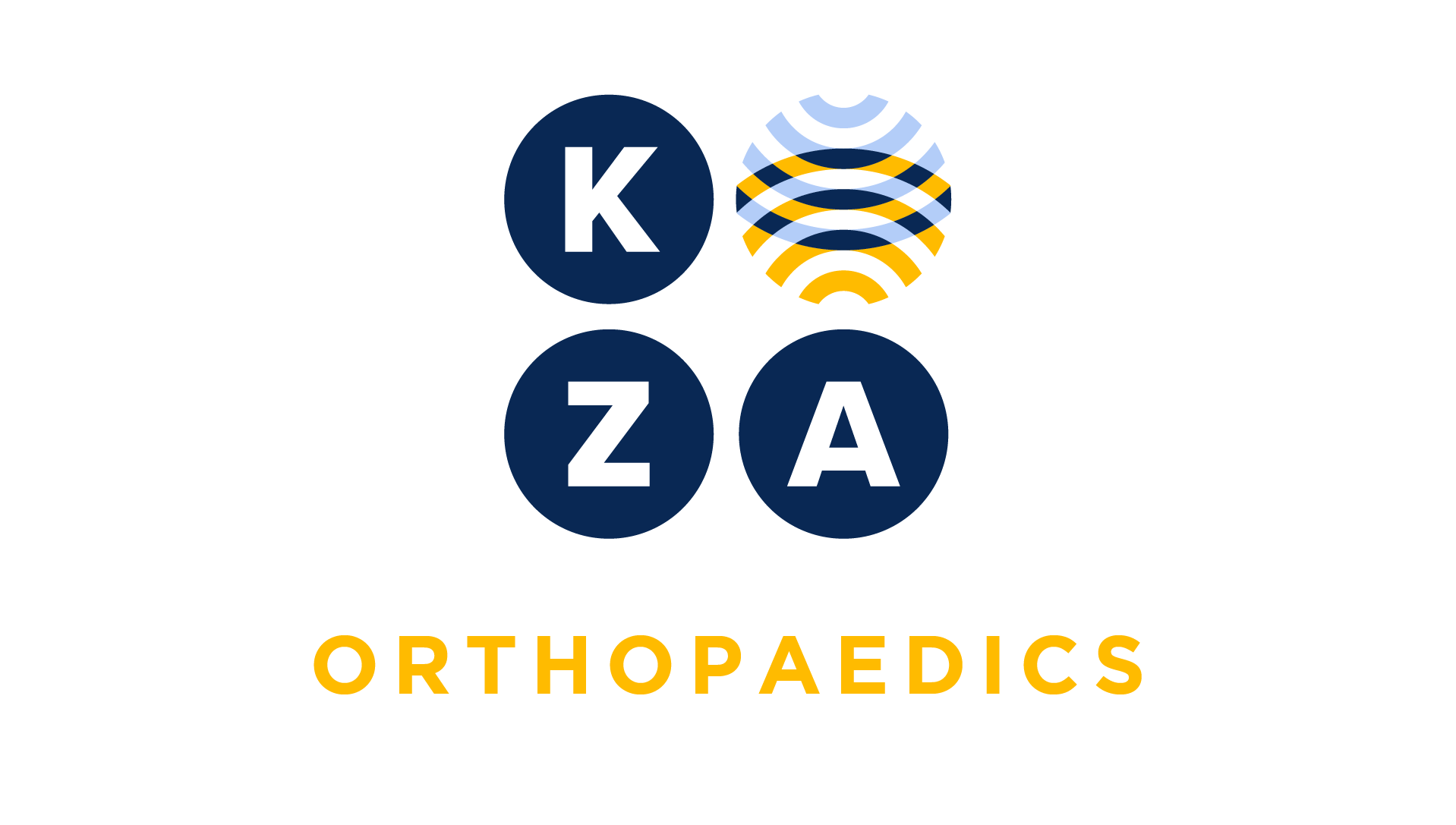
Choose your specialty from the list below to see how our experts have tackled a wide range of client questions.
Looking for something specific? Utilize our search feature by typing in a key word!
Call Coverage: Return to OR
I appreciate your patience in answering my Question:s. I understand the E&M scenarios so let me throw in another type of call coverage relationship. Recently, I returned a patient…
Question:
I appreciate your patience in answering my Question:s. I understand the E&M scenarios so let me throw in another type of call coverage relationship. Recently, I returned a patient to the OR for the physician I was covering; the patient had dislocated their hip after a hip arthroplasty. I reported CPT code 27266 without any modifiers; as I now understand the E&M rules I am wondering if I should have modified the code when I reported to the payor.
Answer:
Thanks for your comments and ensuring you are accurately reporting your call coverage scenarios. CPT code 27266 is defined as “Closed treatment of post hip arthroplasty dislocation; requiring regional or general anesthesia “. You are correct to present this scenario; the answer depends on whether or not the patient is in a global period.
If the patient is in the global period,you will append modifier 78, as the physician you are covering has to append this modifier. Please note: if the patient had been in the global period and the hip dislocation was treated in the ER without anesthesia, the service would not be reportable according to Medicare rules.
If the patient is not in a global period, you may report CPT code 27266 without a global period modifier.
*This response is based on the best information available as of 4/11/19.
Bone Graft
My surgeon performed a repair of a nonunion with bone graft harvested via a separate incision. The surgeon submitted CPT code 25431 alone. I added CPT code 20902 after reviewing the…
Question:
My surgeon performed a repair of a nonunion with bone graft harvested via a separate incision. The surgeon submitted CPT code 25431 alone. I added CPT code 20902 after reviewing the operative note, because the surgeon obtained the bone graft from a distant site via a separate incision. My surgeon disagrees with me and is firm that the harvest of the bone graft is not separately reportable. Shouldn’t we be able to report the bone graft in addition to 25431 because of the separate incision?
Answer:
We appreciate your Question:! Although your physician did do the work of harvesting the bone graft from a separate incision, the rules associated with this code do not allow reporting 20902 (Bone graft, any donor area; major or large)
CPT code 25431 (Repair of nonunion of carpal bone (excluding carpal scaphoid (navicular)) (includes obtaining graft and necessary fixation), each bone) states in its definition the instructions “includes obtaining graft and necessary fixation).
You are correct that if a graft is obtained via a separate incision and is not inclusive to the code definition, or is not inclusive to a typical procedure, that the bone graft may be reportable in addition to the primary procedure. For example, when a surgeon performs a subtalar arthrodesis defined by CPT code 28725 (Arthrodesis; subtalar) and harvests a bone graft from the proximal tibia, both 28725 and the bone graft (e.g. 20900 or 20902) may be reported.
*This response is based on the best information available as of 2/28/19.
Suture Removal
We had a patient come into our office to have their sutures removed from a hand laceration repaired by someone else. The patient was hurt while out of state on vacation and couldn’t
Question:
We had a patient come into our office to have their sutures removed from a hand laceration repaired by someone else. The patient was hurt while out of state on vacation and couldn’t have the sutures removed while away; the original provider performed a layered repair. The problem is the patient is still in the global period from the repair performed by another physician. How can I report this work? Is it not billable since the patient came into our office during the other physician’s global period?
Answer:
Billing for suture removal depends on several factors. The intermediate and complex repair codes have a global period of 10 days for the surgeon/practice who performed the original repair. Your physician is not in the global period of the physician who performed the repair. Ideally, the physician who placed the sutures would have reported the intermediate repair code with modifier 54 (surgical care only) and transferred care to you so you would report the same surgical CPT code with modifier 55 (postoperative management only). But we know this rarely happens!
There isn’t a CPT code for suture removal in the office setting. There are codes to report removal of sutures under anesthesia (other than local) for either the same surgeon (CPT 15850) or other surgeon (15851). Therefore, your work is captured through the appropriate level of Evaluation and Management (E&M ) performed and documented
*This response is based on the best information available as of 2/14/19.
I&D in the Office during the Global Period
Our surgeon saw a patient in the office for a routine post-op check during the global period of an excision of a soft tissue tumor. During the visit the surgeon notes that the patient…
Question:
Our surgeon saw a patient in the office for a routine post-op check during the global period of an excision of a soft tissue tumor. During the visit the surgeon notes that the patient has some fullness and performs a superficial incision and drainage in the office. I have the correct CPT code, but I am wondering if I should use Modifier 58 or 79. I think the correct modifier is modifier 79 because he documents a new diagnosis “seroma”. Do you recommend modifier 58 or 79?
Answer:
The reporting (or not) of this service performed in the office during the global period will be payor dependent. If the payor is Medicare, or follows Medicare rules, the visit is not reportable as this a complication of the original surgery.
If the payor follows CPT rules, and the surgeon determines this is not “typical postoperative care” then traditionally no modifiers are appended. Modifier 79 is typically reserved for an ‘unrelated’ procedure/ service at a different location. The seroma is secondary to the surgical intervention—thus if there had not been surgery, there would not be a seroma. Modifier 58 is incorrect as this is not a planned procedure, is not more extensive, and is not part of the treatment plan. Survey your private payors to determine which modifier, if any, is required.
*This response is based on the best information available as of 12/13/18.
CPT Code 20610 or 20611?
Our physician performed a shoulder joint injection with ultrasound guidance. The physician’s procedure note does not fully detail the ultrasound guidance, other than the ultrasound
Question:
Our physician performed a shoulder joint injection with ultrasound guidance. The physician’s procedure note does not fully detail the ultrasound guidance, other than the ultrasound was used to do the injection. The physician does not document that images were saved (and we can’t find images). The physician also does not have a separate report for the interpretation. I am thinking we should report 20610 (large joint injection without ultrasound guidance) versus 20611 (large joint injection with ultrasound guidance). Do you agree with my choice?
Answer:
Yes, the AMA published specific documentation requirements for the ultrasound-guided joint injections (20604, 20605 and 20611) when the codes were introduced in 2015. In the absence of such documentation, the correct code is 20610.
CPT code 20611 requires the following:
- Documentation of a focused ultrasound evaluation.
- Obtain, label, and interpret images in multiple planes through the specific area of concern.
- Documentation of the normal anatomic structure and any pathologic findings.
- Documentation of separate stand-alone report for the patient’s chart (CPT code and radiology requirement).
- Documentation the procedure itself, including prep, intraservice work, and patient tolerance.
- Documentation of the specific medication and dosage if a therapeutic injection was performed.
*This response is based on the best information available as of 11/01/18.
Bone Marrow Aspirate
Our surgeon aspirated bone marrow for a subtalar fusion. We are unsure how to report this. Are you able to help?
Question:
Our surgeon aspirated bone marrow for a subtalar fusion. We are unsure how to report this. Are you able to help?
Answer:
Yes, with the guideline changes surrounding CPT code 38220 and the new code 20939, CPT instructs to report 20999 for bone marrow aspirate for other musculoskeletal fusions (non-spine).
(For aspiration of bone marrow for the purpose of bone grafting, other than spine surgery and other therapeutic musculoskeletal applications, use 20999)
*This response is based on the best information available as of 08/09/18.

